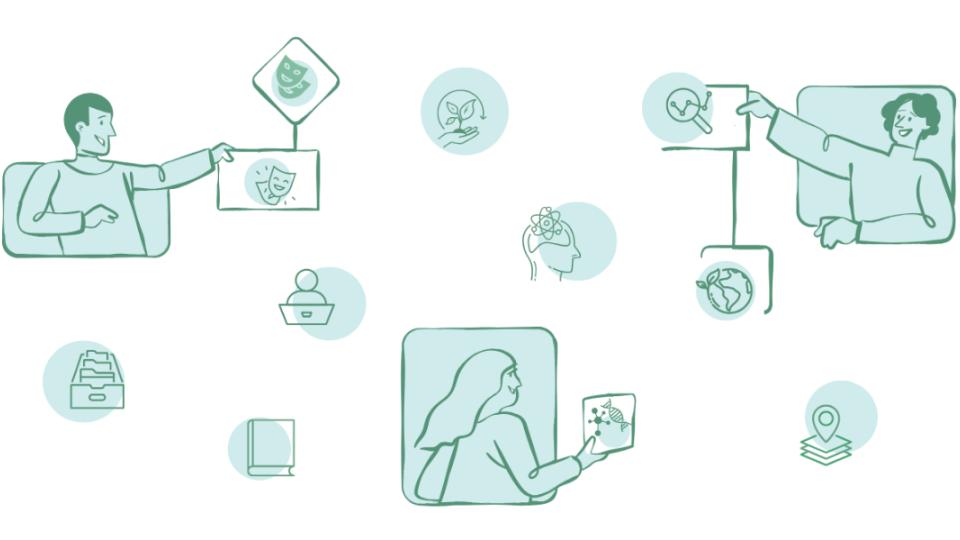The senseBox was developed at the Institute of Geoinformatics at the University of Münster within a research project funded by the German Federal Ministry of Education and Research (BMBF).
The senseBox is a do-it-yourself toolkit for stationary and mobile sensor stations and aims to reach as many citizens as possible. With the senseBox users such as schools and school labs will be enabled to integrate the contents of the senseBox in their curriculum. The idea of senseBox:edu was developed within workshops for pupils, students, and teachers at the student laboratory at the GI@School Lab.
How can this project help me?
There are currently three different versions of the senseBox available. With the senseBox:home citizens can raise their own research questions and collect and analyse corresponding data, the senseBox:edu is designed for schools and young researchers and is a modular toolkit, while the senseBox:mini facilitates entry into the world of microcontrollers and their programming.
Working with the senseBox is easy for both users with much technical experience and those without. On the senseBox website, several project examples are shown on the senseBox website such as how to build a TTN mapper or how to build a people counter using ultrasonic distance sensors are shown. You can browse through the projects to get a feeling for the capabilities and create your own project based on a template.
You can find a lot of manuals, videos, and documentation material about the senseBox under open licenses.
The target groups of the project are e.g. teachers, researchers, or citizens interested in topics like IoT, measurement of environmental data, or open education. For each of these target groups, there are different teaching materials, books, and tutorials available, which can be found on the website or the YouTube channel.
How can I use senseBox and what are its benefits?
The senseBox is an easy-to-use IoT toolkit including different sensors for the measurement of temperature, humidity, air pressure, illuminance, UV radiation, volume, or distance. The core of the senseBox is an Arduino microcontroller which can be programmed with the graphical programming interface Blockly for senseBox. Advanced applications can also be programmed directly with the Arduino IDE.
Furthermore, you can integrate the data from your senseBox into the opensensemap and thus allow other interested participants to continue working with the data.



